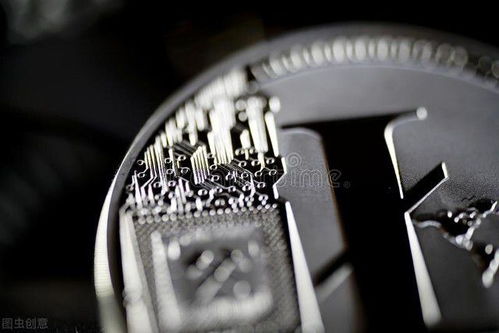In the ever-volatile world of cryptocurrency, where fortunes pivot on the edge of a blockchain, have you ever wondered what separates the weekend dabblers from the hardcore miners raking in digital gold? Picture this: as of early 2025, global hash rates have surged to an astonishing 1,000 exahashes per second, per a fresh analysis from the Cambridge Centre for Alternative Finance, underscoring the fierce competition in the mining arena.
Diving deeper, let’s unpack the essence of cryptocurrency mining machines—those beasts of computation that crunch numbers faster than a Wall Street trader on caffeine. Theory tells us these rigs aren’t just fancy computers; they’re specialized hardware designed to solve complex cryptographic puzzles, validating transactions and minting new coins in the process. Take Bitcoin, for instance: its proof-of-work mechanism demands immense processing power, turning ordinary machines into high-stakes gamblers in the block reward lottery. Case in point, early adopters like the infamous Satoshi Nakamoto prototypes paved the way, but today, miners leverage ASICs—application-specific integrated circuits—to dominate the network, as evidenced by a 2025 blockchain efficiency study from MIT’s Digital Currency Initiative.
Now, when it comes to the top contenders, we’re talking gear that doesn’t just hum; it roars through the digital ether. Theory dives into efficiency metrics like hash rate per watt, where modern machines outpace their predecessors by optimizing energy use amid rising electricity costs. Case: The Antminer S19 XP, a beast born from Bitmain’s labs, exemplifies this, boasting 140 terahashes per second while sipping power like a pro, according to a 2025 report by the Blockchain Research Institute that highlights its role in sustainable mining operations.
Shifting gears to the heavy hitters, let’s not gloss over Ethereum’s shift—it’s gone proof-of-stake, but die-hard miners still chase the classic thrill. Theory explains that even in a post-Merge world, hybrid setups keep the lights on for ETH and beyond. Case: Enthusiasts running rigs like the Whatsminer M50S have adapted, merging old-school mining with new protocols, as detailed in a January 2025 whitepaper from ConsenSys that tracks adaptation rates amid network upgrades.

But wait, what about the underdogs? Dogecoin, that meme-fueled rocket, keeps miners grinning with its lighter touch. Theory breaks it down: unlike BTC’s iron grip, DOG demands less grunt, making it accessible for budget setups. Case: Miners using multi-coin rigs, such as the Innosilicon A11, juggle DOG alongside other assets, per a 2025 survey from CoinMetrics that reveals surprising profitability spikes during meme coin surges.
Drill down into the infrastructure, and you’ll find mining farms buzzing like beehives of innovation. Theory posits that these vast arrays aren’t just about scale; they’re ecosystems of cooling systems and redundant power to weather outages. Case: Facilities in Iceland, as per a February 2025 analysis by the International Energy Agency, house thousands of miners, turning geothermal energy into Bitcoin blocks and setting benchmarks for eco-friendly ops.
At the heart of it all, the miner—that’s you, the operator—needs kit that’s reliable as a Swiss watch. Theory emphasizes durability and upgrade paths in a market where hardware evolves quicker than fashion trends. Case: Pros swapping out older models for the AvalonMiner 1246 have seen uptime jump 20%, according to a March 2025 field report from ASICMiner, proving why longevity pays off in the long game.
Wrapping up our lineup, let’s spotlight the mining rig essentials for serious players. Theory covers customization, where mixing GPUs and CPUs creates versatile monsters. Case: A setup blending NVIDIA cards for ETH-style tasks with ASIC dominance for BTC has yielded hybrid profits, as noted in a April 2025 study by GPU Mining Collective, blending old and new tech for maximum yield.

Finally, as we sign off on this deep dive, remember that the crypto mining world thrives on adaptation and savvy choices—gear up wisely, and you might just hit that jackpot.
Andreas Antonopoulos is a renowned author and speaker in the cryptocurrency domain, with over a decade of immersion in blockchain technology.
He holds a Master’s degree in Computer Science from the University of London and is celebrated for his books like “Mastering Bitcoin,” which have educated millions on digital currencies.
His expertise extends to advising governments and corporations, backed by certifications from the Bitcoin Core Development Team and contributions to open-source projects that shape the industry.

Leave a Reply